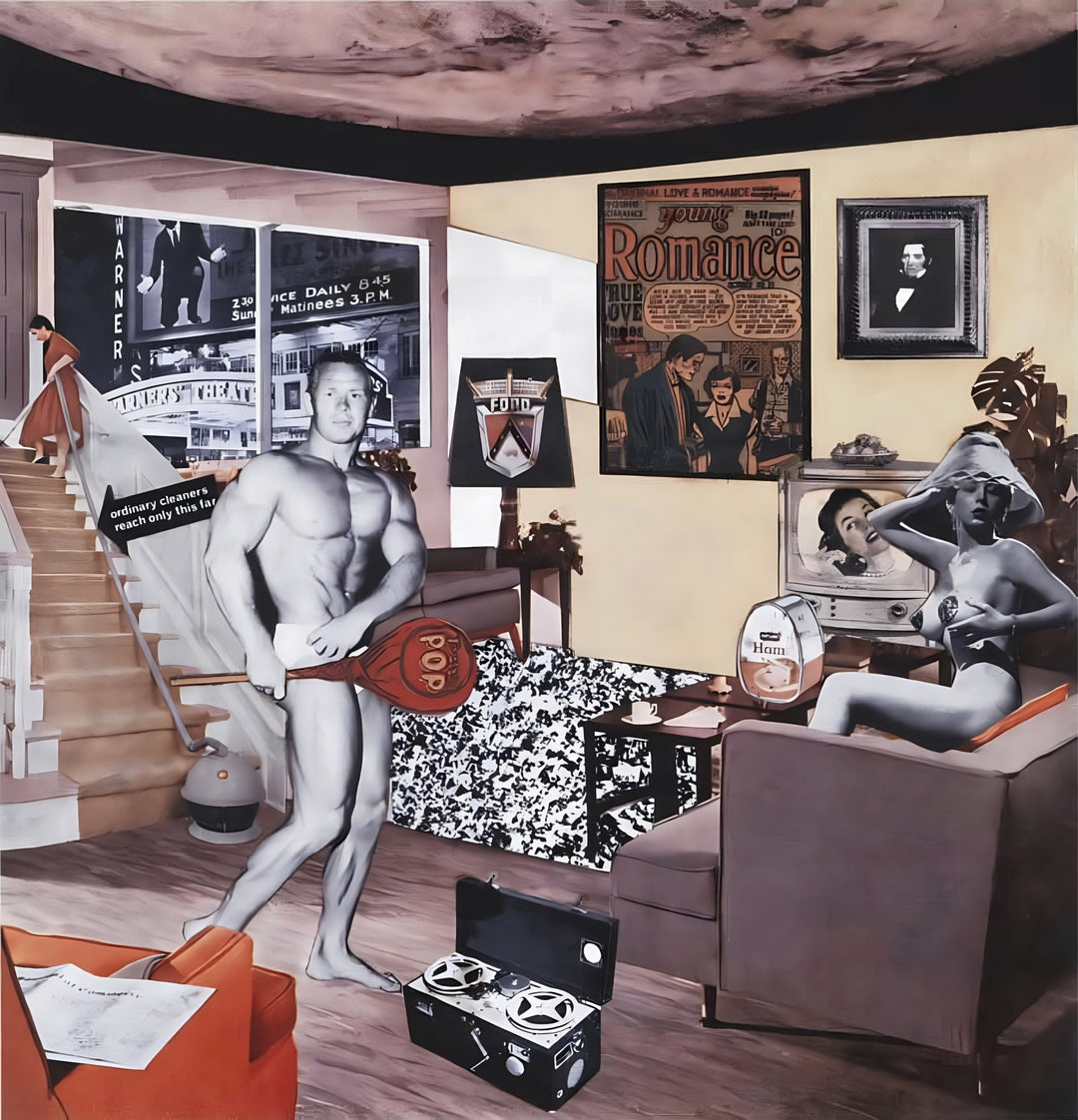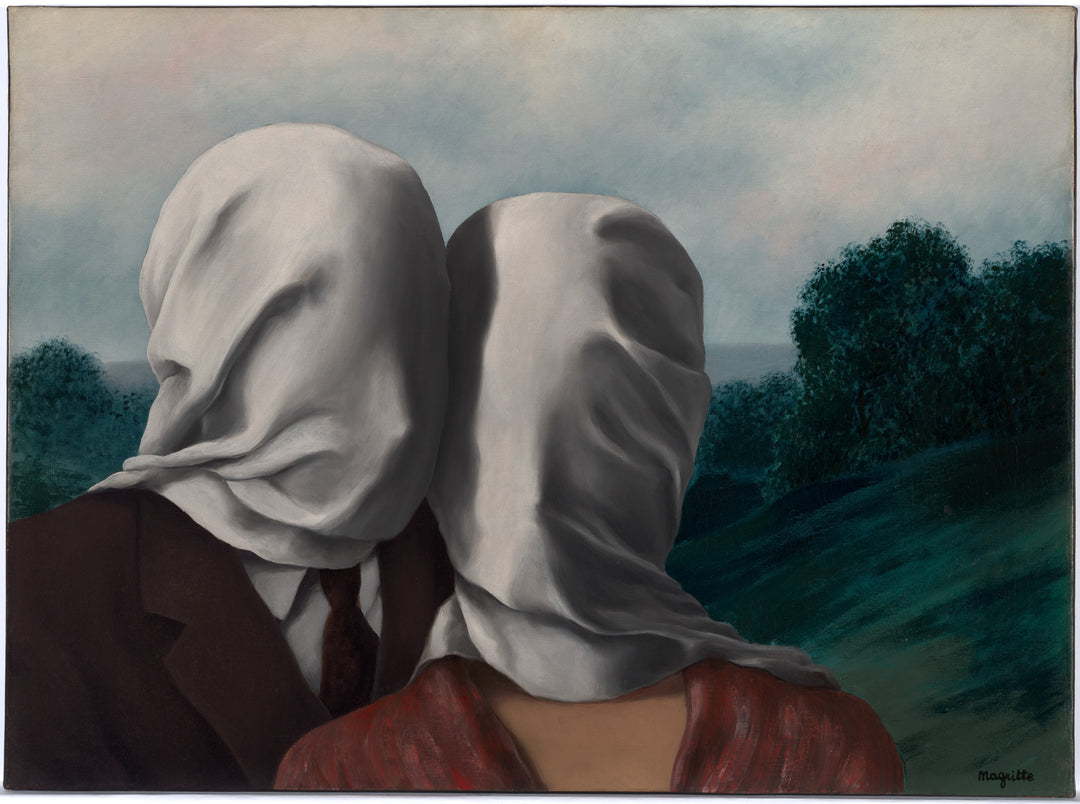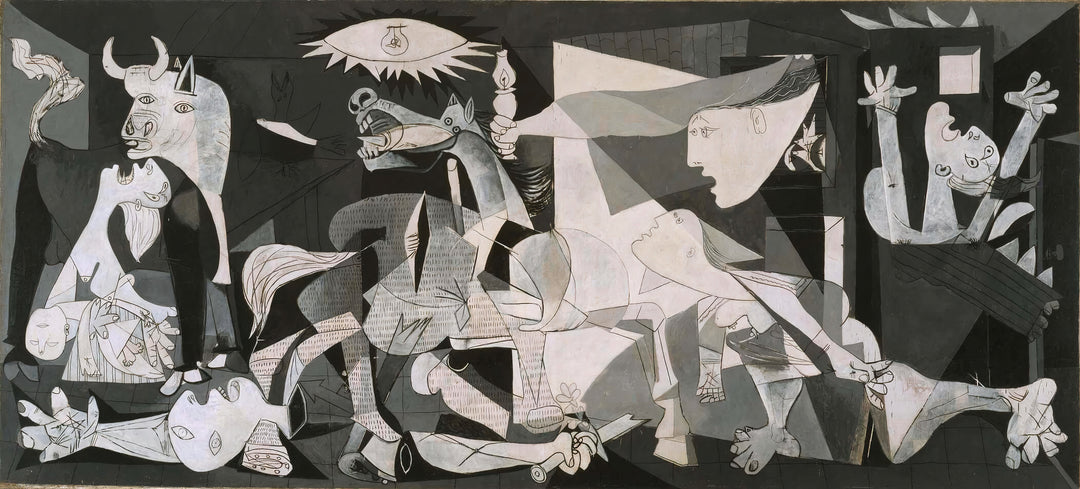
Avant-garde
The term "avant-garde" encapsulates a revolutionary spirit in the arts, characterized by an unrelenting quest for new forms and content that challenge established conventions. Originating in the context of modernity, avant-gardism broke with the norms of academic art, exploring uncharted territories and proposing a critical view of society and culture. This movement manifested not only through a single artistic expression but encompassed a diversity of currents that extended from the late 19th century well into the 20th century.
What we now call "historical avant-garde" (until 1945) includes movements such as cubism , led by Picasso and Braque, which fragmented the traditional form of painting, and dadaism , with figures like Duchamp , who questioned the very definition of art. Movements like fauvism and expressionism , on the other hand, emphasized the expressive and emotional use of color and form. futurism , with its glorification of modernity, speed, and technology, and surrealism , with its exploration of the subconscious and the dreamlike, also stand out within this set.
Moreover, avant-gardism did not stop there; it led to what is known as the "modern or non-historical avant-garde," which includes movements such as pop art , which challenged the boundaries between art and consumer culture, and conceptual art , which prioritized ideas over artistic form. Movements like minimalism and neo-dadaism continued to explore and expand the limits of visual and performative art.
An iconic work that exemplifies the avant-garde spirit is " Les Demoiselles d'Avignon by Picasso , a piece that not only broke with pictorial traditions but also paved the way for the development of cubism and other forms of abstract expression . This painting marked a before and after in the perception of space, form, and the role of the viewer, elements that would be deeply explored by subsequent avant-gardes.
impressionism , which although revolutionary at the time, was surpassed by the formal and thematic radicalism of the avant-garde movements. These, in turn, built on the Impressionist legacy of experimentation to take art in completely new directions.
Avant-garde not only challenged the limits of the art of its time, but also laid the foundations for the continuous evolution of contemporary art. Each avant-garde movement, from Constructivism to Tachisme, uniquely contributed to expanding the definition and scope of art, impacting not only the cultural sphere but also the social and political, redefining art as a tool for change and reflection.



























